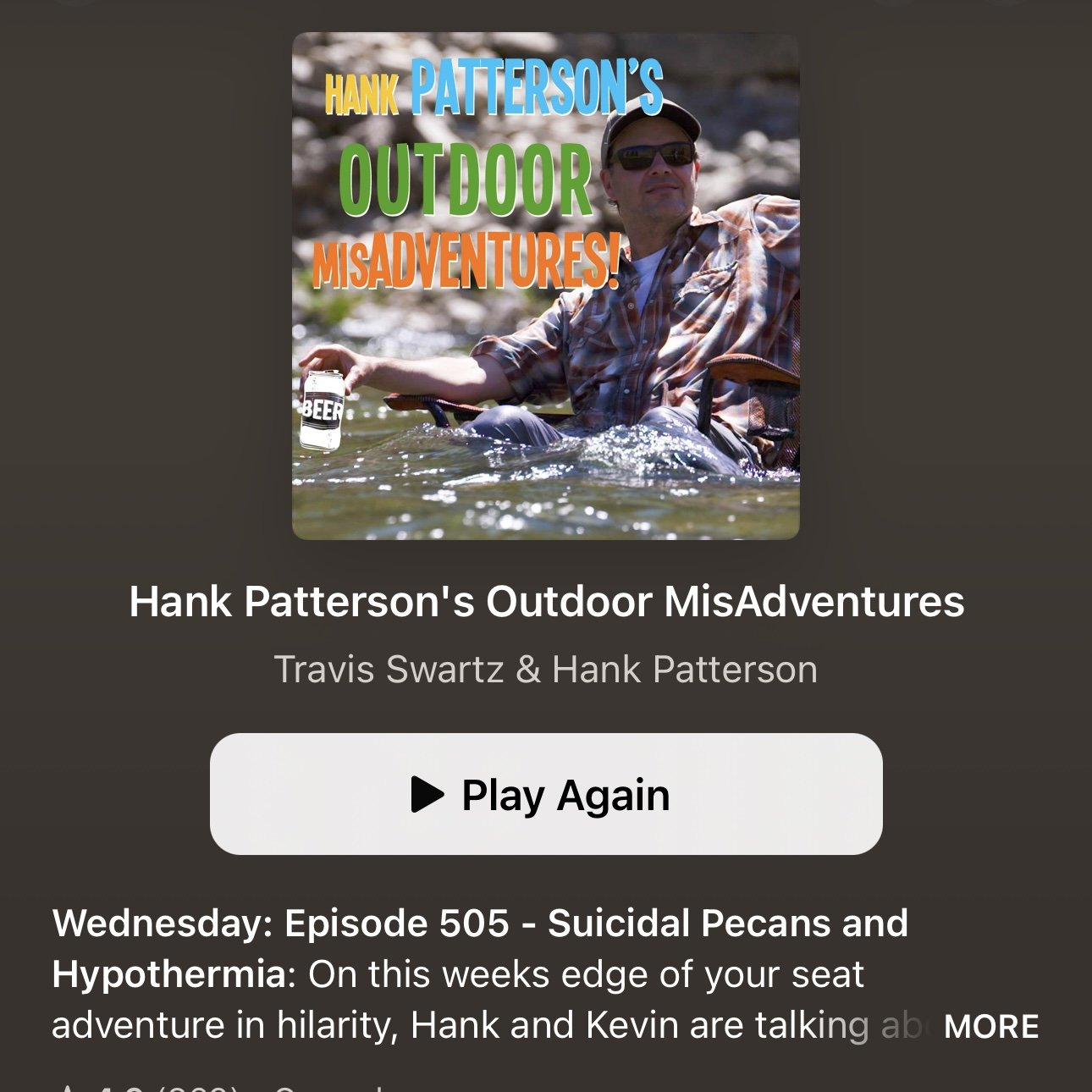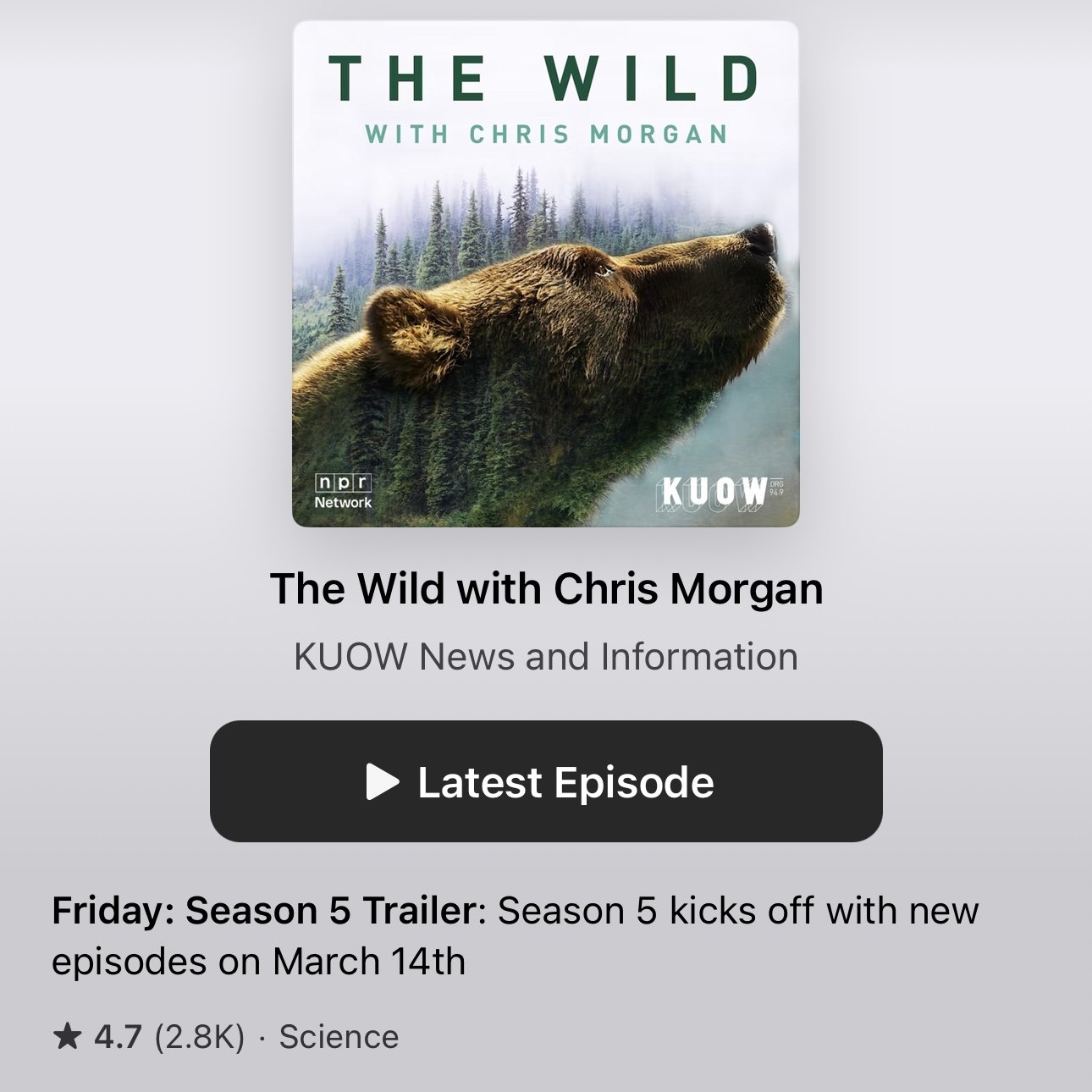Podcasts have been a staple in my listening/entertaining/learning habits since This Week in Tech and Diggnation started in 2005. The former continues on, but the latter ended in 2011. I’m no longer a faithful listener of TWiT—I’ll listen to an episode if the show notes list anything particularly interesting to me—but as podcasts have been such a prominent thing in my life for so long, I thought I’d create a series of blog posts listing the various podcasts I listen to. Some are still going, while others have gone dead but episodes still remain online to listen to. So with that, here’s Volume 1:
First, what may be the longest-running photography podcast: LensWork—Photography and the Creative Process, by Brooks Jensen. Brooks puts out a daily “Here’s a Thought” episode, usually 3-5 minutes long where he briefly shares thoughts on some aspect of photography, and a weekly longer-form episode, where he goes a bit more in depth on a photography-related topic. Those topics range from wish-list features for new cameras, to philosophical ideas, to dealing with challenges a creative person might encounter. As of the time of writing this post, the long-form LensWork episodes number over 1300, and the “Here’s a Thought” episodes number over 1400, so if you’ve not yet listened to this podcast and are the type to listen to the backlog of a new subscription, you’ll have plenty to binge.
Up next is On Taking Pictures, by Bill Wadman and Jeffery Saddoris. OTP began in May of 2012, then ended 325 episodes later in July of 2018, and for those 6 years, Bill and Jeffery had some truly great and inspiring conversations. Despite the title, this was not really about just photography, but about life, relationships, mental health, art in general, and so much more. The conversations these two had were really on a level with being in a graduate class. Those still subscribed to this podcast got a surprise in October of 2018 when the two decided to roll tape on their discussion after Apple announced new hardware, and then the feed lay dormant, seemingly done for good, until January of this year, when we got another big surprise and found a new episode they’d recorded, followed by another two episodes since then. This one is well worth going through the whole backlog.
After On Taking Pictures ended, Jeffery continued recording podcasts, under three subtitles/topics: Process Driven, conversations with artists of various disciplines, Iterations, along the vein of Jensen’s “Here’s a Thought” episodes, and lastly, Deep Natter, conversations with a different set of artists, most often Sean Tucker, on the more philosophical side of living a creative life. And like OTP, these conversations are about photography, but not really about just photography. Photography becomes a metaphor for living a more fuller life, and the challenges of life become metaphors for dealing with creative and photographic challenges. You can find the three podcasts in Jeffery’s Everything feed.
About 10 years ago, Phil Monahan of Orvis shared a video in his Friday Fly Fishing Film Tour blog post he put out every week. This video featured a fly fishing guide by the name of Hank Patterson. The video was full of the worst advice and instruction a fly fisherman could ever put to use, and the humor and sarcasm coming from him was lost on so many people who viewed the video. But it was so over the top that I’m still amazed anyone ever took him seriously. Flash forward to 2019, and Hank started up a podcast titled Hank Patterson’s Outdoor MisAdventures. If you’re a lover of the outdoors, give this one a listen. Hank is sometimes joined by his very indoorsy friend, Kevin, where they talk about basically how to not do the outdoors. There’s never a dull moment listening to Hank.
And lastly, a podcast called The Wild with Chris Morgan. Each week, Morgan tells a new story of wildlife, and the ecosystems they inhabit to educate and bring awareness to listeners of issues our planet is facing.
What podcasts are you listening to? Share in the comments!













